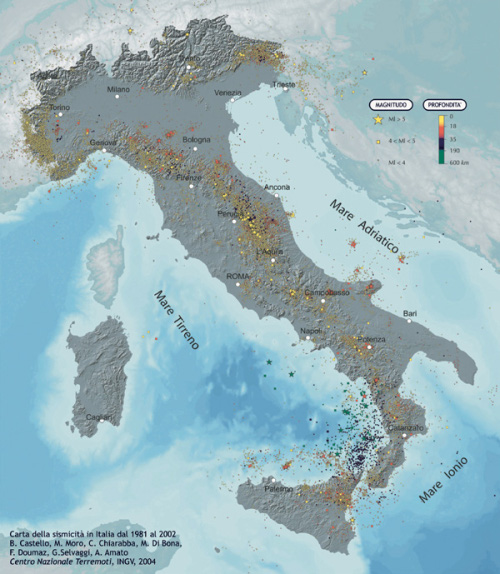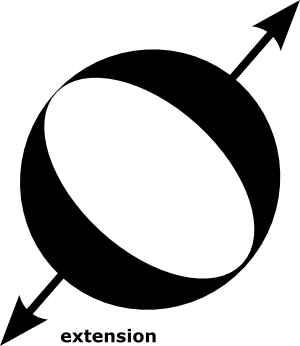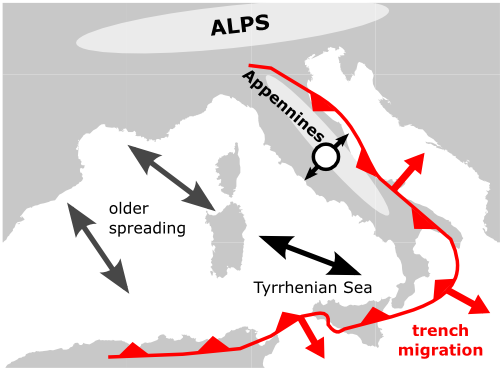Because both Ole and Kim have already provided astute and insightful commentary, there’s no real need for me to spend much time on the media storm surrounding Giampaolo Giuliani, who has been loudly claiming vindication after his warnings about an imminent earthquake in the region were shut down by the Italian authorities at the end of March. Suffice to say, one successful “prediction” (if you count within a week and 30 km as successful) does not a robust warning system make: making the leap from elevated radon levels – or any of the other proposed precursors, like low frequency EM radiation – to a useful prediction is fraught with as-yet-unsolved problems. Chief among these are distinguishing false positives (you get the precursor, but no big earthquake) and understanding what, exactly, these signals are telling us about the stress state of the crust, so we can pin down potential magnitudes and timescales beyond “somewhere around here, maybe sometime soon.”
Any geologist would be celebrating a genuine, proven, method of earthquake prediction: but we’re clearly not there yet. Right now, the best we can get is a hazy view of tectonic storm clouds building on the horizon, and we lack even the equivalent of a barometer, let alone advanced tools like weather satellites, to give us a more specific forecast. It would be irresponsible to claim otherwise.
The Authors
Search this blog
Categories
Archives
-
Recent Posts
- No chatbots please, we’re scientists
- Golden spike or no golden spike – we are living in the Anthropocene
- We are late bending the climate change curve – but bending it still matters
- The changing picture of the Martian core
- Rivers might not need plants to meander
- Has Earth’s mantle always worked like it does today?
- How the UK’s tectonic past is key to its seismic present
- A new recipe for Large Igneous Provinces: just add BIF, then wait a couple of hundred million years
-
Recent Comments
For lot's more videos on soil moisture topics, see Drs Selker and Or's text-book support videos https://www.youtube.com/channel/UCoMb5YOZuaGtn8pZyQMSLuQ/playlists
[…] Announcing STORMS | Highly Allochthonous on Recent News […]













Nice plan for content warnings on Mastodon and the Fediverse. Now you need a Mastodon/Fediverse button on this blog.